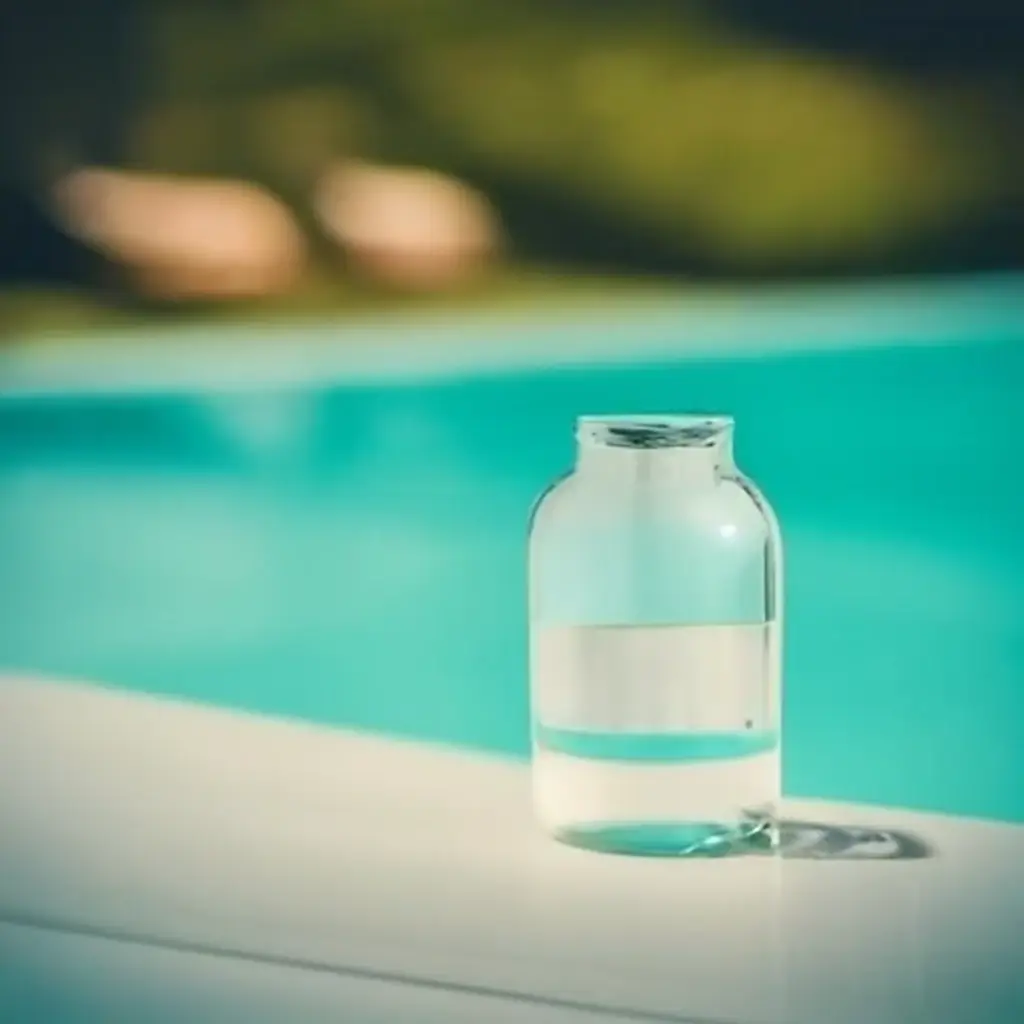Every pool owner desires a dazzling, crystal-clear pool. Understanding and regulating chlorine levels is critical for achieving and maintaining such pristine waters. By removing unwanted germs and algae, chlorine is the unsung hero that maintains your pool safe and pleasant. We will lead you through the process of determining chlorine levels in your pool in this detailed guide, ensuring that you maintain the optimum balance for a pleasant swimming experience.

Why Are Chlorine Levels Important?
Chlorine is your pool’s first line of defense against pollutants. It efficiently kills hazardous germs, prevents algae formation, and breaks down organic debris introduced by swimmers. Maintaining proper chlorine levels is critical for:
Water Clarity: Maintaining proper chlorine levels keeps your pool water clean and visually appealing.
Health and Safety: Chlorine prevents the proliferation of harmful bacteria, protecting swimmers from waterborne illnesses.
Algae Control: Adequate chlorine levels prevent algae formation, which can make your pool water green and unsafe to swim in.
Now, let’s go through how to calculate and alter chlorine levels in your pool step by step.
Step 1: Gather Your Supplies
Gather the following materials before you begin:
Pool Water Testing Kit: Invest in a high-quality testing kit that includes reagents for measuring free chlorine, combined chlorine (chloramines), and pH levels.
Protective Gear: Wear gloves and safety goggles when handling chemicals.
Calculation Tools: Have a calculator, a notebook, and a pen on hand to record test results and perform calculations.
Step 2: Test Free Chlorine
Begin by testing the free chlorine level in your pool water. Free chlorine is the chlorine available to sanitize your pool.
- Collect a Sample: Fill a clean test tube or vial with pool water, following the kit’s instructions.
- Add Reagent: Follow the kit’s instructions to add the appropriate reagent to the water sample.
- Mix Thoroughly: Cap the test tube and invert it several times to mix the reagent with the water thoroughly.
- Wait for Color Change: Allow the sample to sit for the specified time until a color change occurs.
- Read the Result: Compare the color of the sample to the color chart provided with your testing kit. This will indicate the free chlorine level in parts per million (ppm).
Step 3: Test Combined Chlorine (Chloramines)
Combined chlorine, often referred to as chloramines, is chlorine that has already reacted with contaminants in the water. It is no longer effective for sanitizing the pool.
- Collect Another Sample: Use a separate clean test tube or vial to collect another pool water sample.
- Add Different Reagent: Follow the kit’s instructions to add the appropriate reagent for combined chlorine testing.
- Mix and Wait: Mix the sample thoroughly, cap the test tube, and wait for the color change.
- Read the Result: Compare the color to the provided chart. The result will indicate the combined chlorine level in ppm.
Step 4: Calculate Free Chlorine
To calculate the free chlorine level, subtract the combined chlorine (chloramines) from the total chlorine:
Free Chlorine (ppm) = Total Chlorine (ppm) – Combined Chlorine (ppm)
Step 5: Adjust Chlorine Levels
Once you’ve determined the free chlorine level, you may need to adjust it to maintain the ideal range of 1-3 ppm for residential pools. Here’s how:
- Chlorine Tablets or Granules: Follow the manufacturer’s instructions for adding the appropriate amount of chlorine tablets or granules to your pool.
- Liquid Chlorine: Measure the required amount of liquid chlorine and add it to the pool.
- Shock Treatment: If your pool has a high combined chlorine level, consider performing a shock treatment to eliminate chloramines. Follow the product instructions carefully.
Step 6: Test and Monitor pH Levels
Chlorine effectiveness is greatly influenced by pH levels. Ensure your pool’s pH is within the recommended range of 7.2-7.6. Use a pH testing kit and pH-adjusting chemicals to maintain this balance. Keeping optimal chlorine levels is a continuous task. Pool water should be tested regularly, especially during peak swim seasons or harsh weather conditions, and chlorine levels should be adjusted as needed.

Calculating and maintaining chlorine levels in your pool is critical for keeping it clean, safe, and inviting. By following these steps and monitoring and regulating your pool’s chlorine levels often, you may enjoy the benefits of a well-maintained pool all season. Remember that safe swimming begins with a properly balanced pool, so jump in and create a splash!

